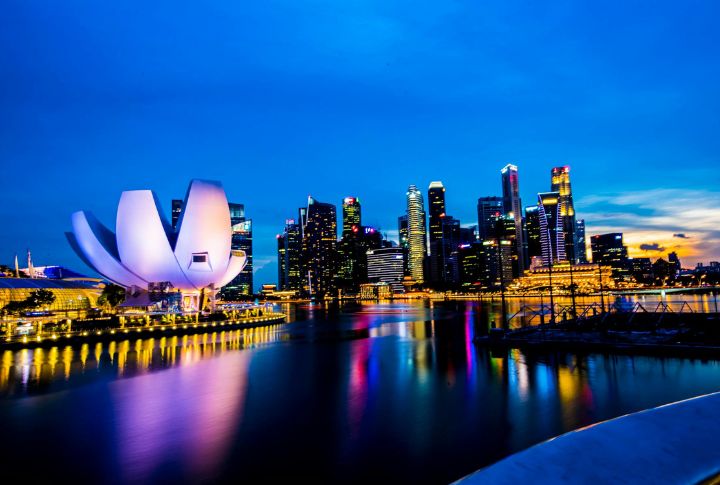
Some of the world’s most recognizable skylines didn’t appear overnight. Many cities began as humble towns or trading hubs, slowly evolving into the architectural marvels we see today. Curious about how these cities made their mark on the skyline scene? Keep reading to discover 20 cities that transformed into iconic skylines.
New York City, USA
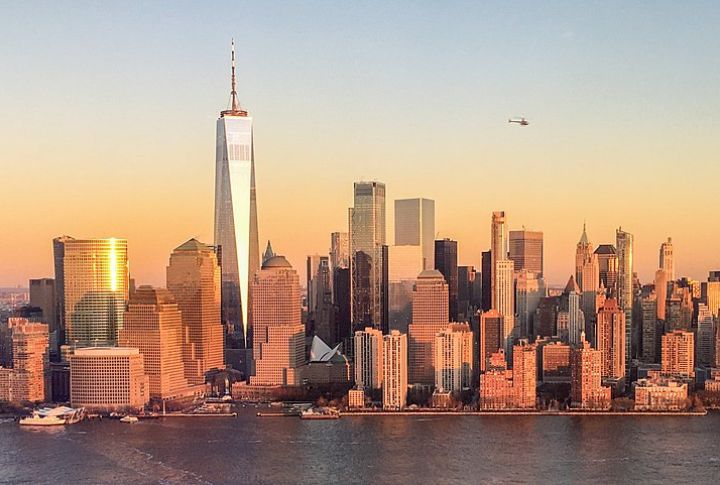
New York City’s skyline wasn’t always a glittering display of architectural marvels. Before the late 19th century, the city’s buildings rarely stretched beyond five stories. The 1920s saw the rise of the Empire State Building and Rockefeller Center, making New York one of the world’s most recognizable skylines.
Dubai, United Arab Emirates
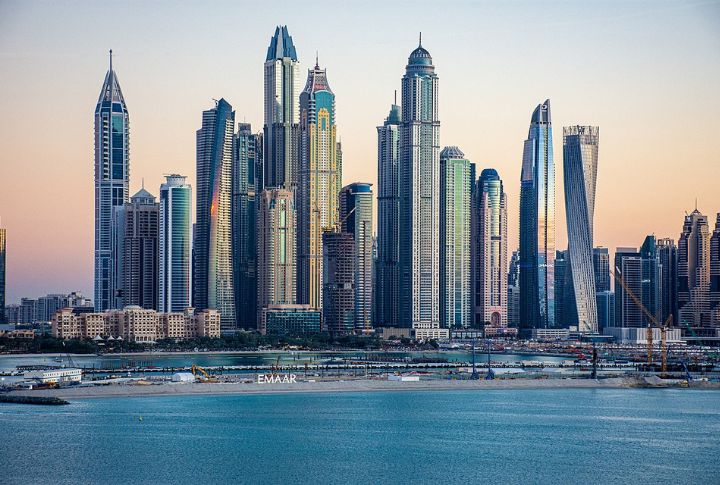
Dubai’s skyline went from quiet desert to architectural madness in just a few decades. The Burj Al Arab kicked things off in 1999, but the Burj Khalifa sealed its legend. Now, twisting towers and floating islands make it a skyline like no other—always aiming for the next record.
Hongkong, China
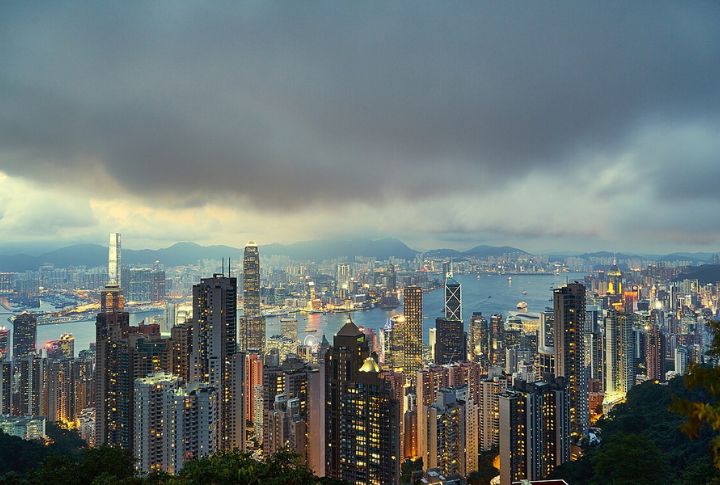
The 1970s saw the city’s vertical boom, but the 1990s turned it into a skyline superstar. Now, icons like the Bank of China Tower, Two IFC, and the 118-story ICC light up Victoria Harbour. No space? No problem. Hong Kong just builds up, and it does it better than anyone.
Istanbul, Turkey
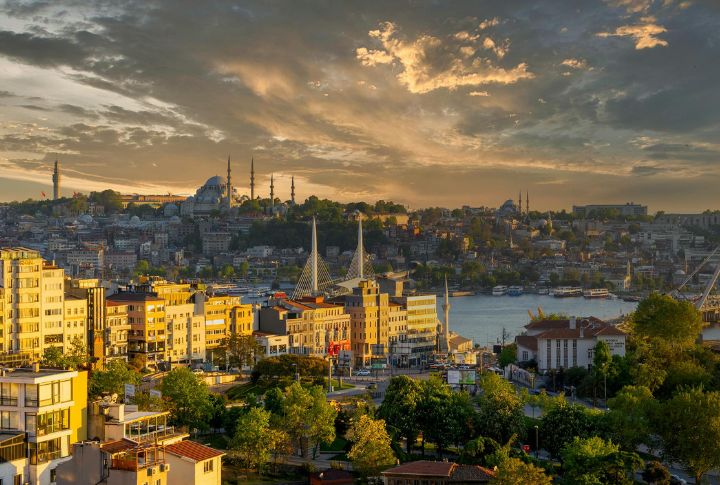
Once dominated by minarets and domes, Israel’s silhouette evolved with the rise of glassy skyscrapers in the 2000s. The Bosphorus Bridge connects continents, while landmarks like Hagia Sophia and the Blue Mosque rose. It’s a skyline with centuries of stories—Ottoman palaces, Byzantine cathedrals, and futuristic skyscrapers all in one frame.
Budapest, Hungary
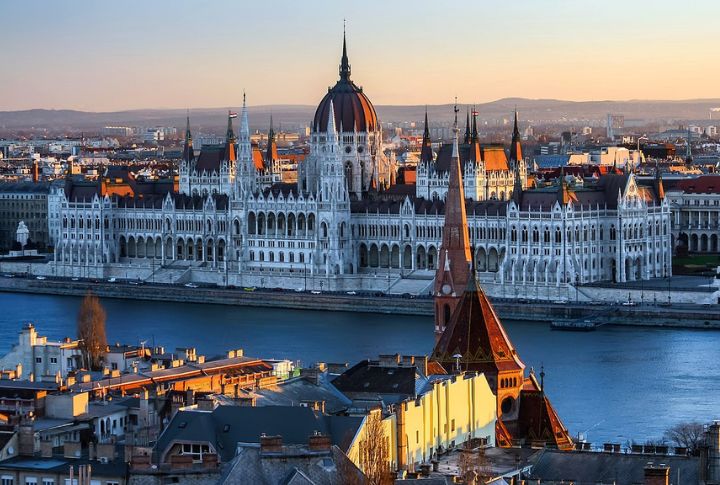
Once known as the city of medieval towers, Budapest flourished in the late 19th century with grand landmarks like Buda Castle and the neo-Gothic Parliament. It’s an old-world charm on full display—no need for glass giants. One glance, and you’ll feel like you stepped into a royal postcard.
Singapore
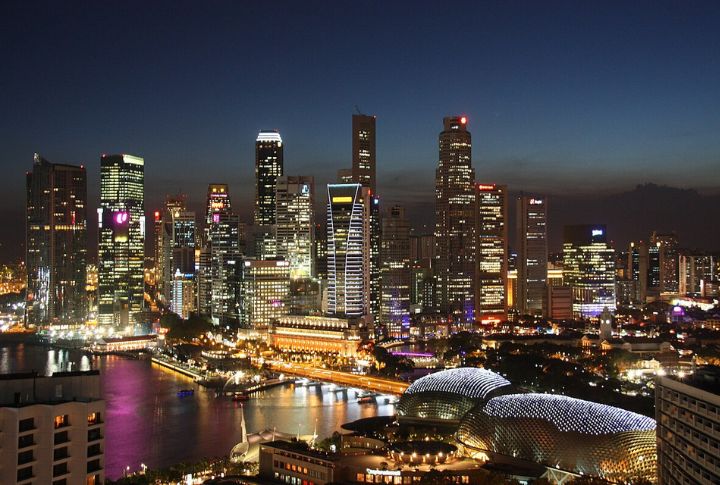
The 1970s saw its first high-rises, but the 2000s brought Marina Bay Sands, the Supertree Grove, and jaw-dropping skyscrapers. Iconic spots like the ArtScience Museum and the Singapore Flyer make it feel straight out of a sci-fi movie. Singapore proves size isn’t everything when your skyline is pure perfection.
Florence, Italy
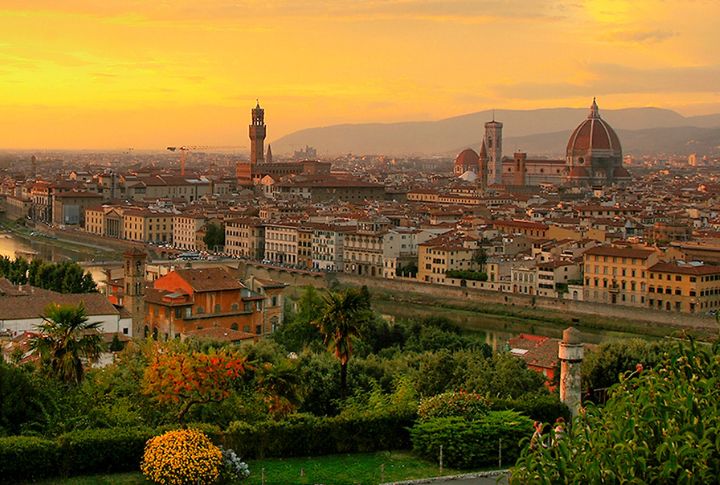
Florence doesn’t need skyscrapers—its skyline has remained largely unchanged since the Renaissance, and that’s what makes it iconic. Once a medieval city of towers, it evolved into an architectural masterpiece with Duomo’s legendary dome, Giotto’s Bell Tower, and Palazzo Vecchio.
Paris, France
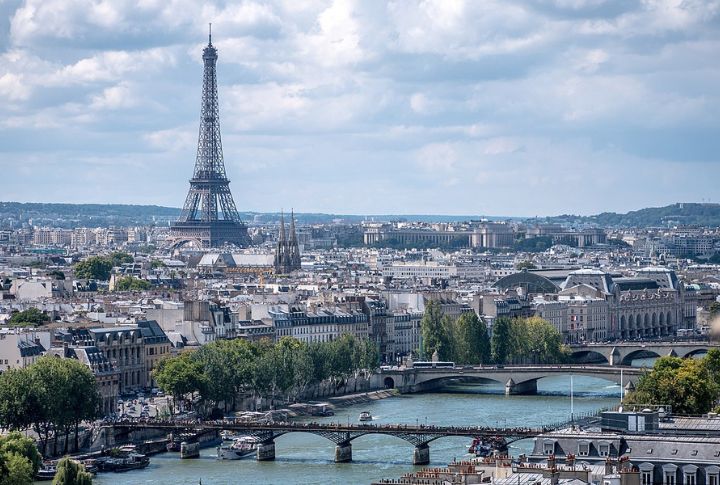
The skyline began with medieval churches and evolved into elegant Haussmann-style rooftops in the 19th century. Then came the Eiffel Tower, stealing the spotlight since 1889. Paris keeps its magic with landmarks like Notre Dame. Skyscrapers stay in La Defense, far from the city’s cinematic charm.
Tokyo, Japan
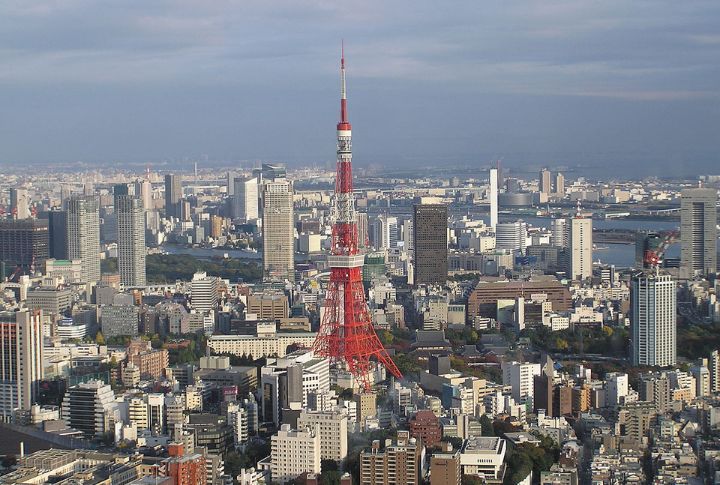
Believe it or not, Tokyo started with wooden pagodas, but after World War II, it rebuilt fast and never looked back. By the 1960s, glass towers took over, and now it’s a neon-lit jungle like The Tokyo Tower and Shibuya. It’s always evolving, while old temples stand next to hyper-modern towers.
Rio De Janeiro, Brazil
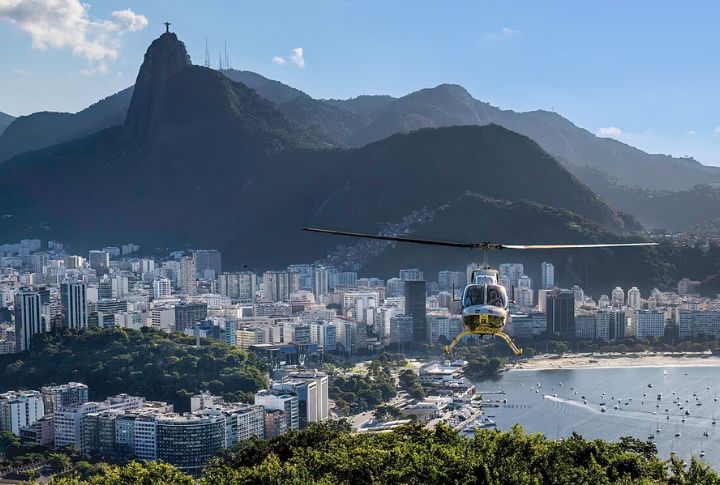
Some skylines compete with height, while Rio competes with beauty. Before the glass towers and beachfront, it was a colonial port hugged by mountains. As the city expanded, Copacabana and Ipanema were filled with buildings, but nothing stole the spotlight from Christ the Redeemer, Sugarloaf Mountain, or the Deep Atlantic.
Sydney, Australia

Sydney was a quiet colonial town before it grew into a global stunner, thanks to one game-changing icon: the Sydney Opera House. By the late 20th century, glass towers filled the skyline, but they knew their place—Harbour Bridge and the Opera House still run the show.
Cape Town, South Africa
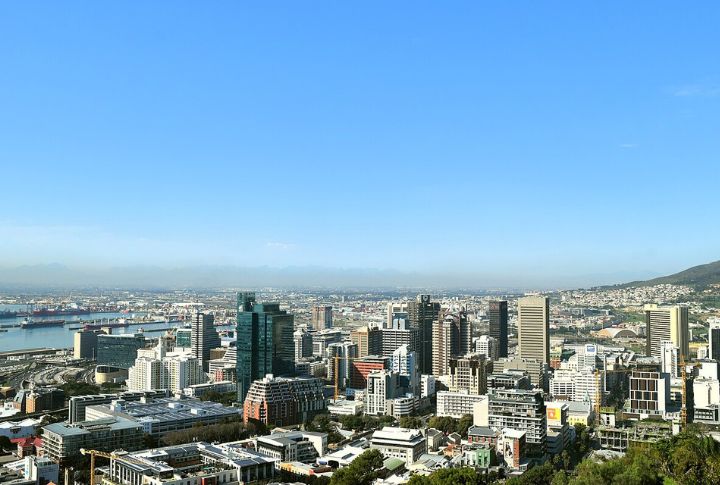
Before it became a buzzing metropolis, Cape Town was a Dutch outpost in the 1600s, with humble homes and trading posts. Fast forward, the real star has become the Table Mountain. Also, the V&A Waterfront blends modern charm with history, while Lion’s Head and Signal Hill add a natural vibe.
Bangkok, Thailand
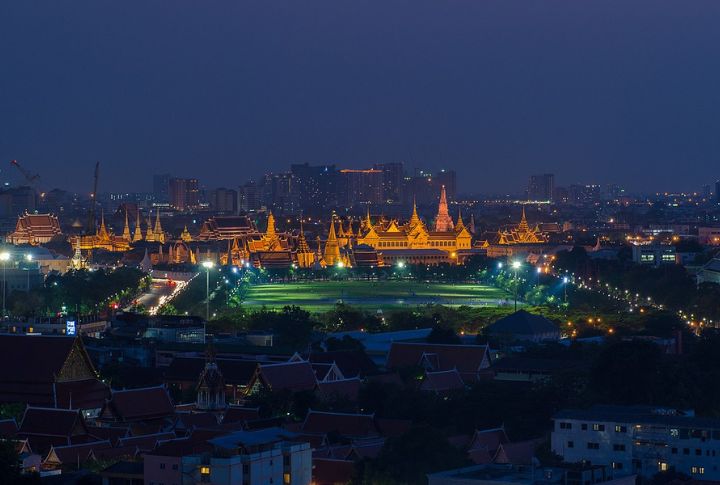
Wooden stilt houses and floating markets dominated Thailand for centuries until the late 20th century brought a vertical boom, with skyscrapers like King Power Mahanakhon piercing the sky. By day, it’s a mix of old-world charm and urban ambition; by night, the city lights up like a futuristic dream.
Kuala Lumpur, Malaysia
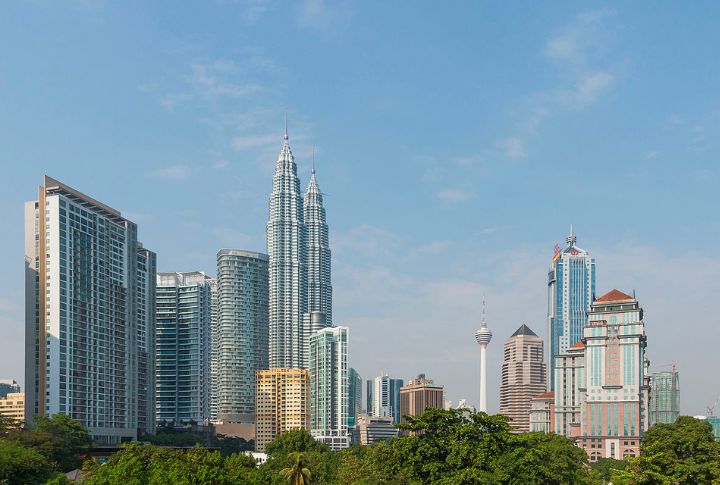
Kuala Lumpur had its humble beginnings with tin miners and wooden shophouses in the 1800s. The Sultan Abdul Samad Building and mosques defined the city for decades until the late 20th century brought a vertical revolution. The Petronas Twin Towers shine as global icons, while Merdeka 118 soars even higher.
Santorini, Greece
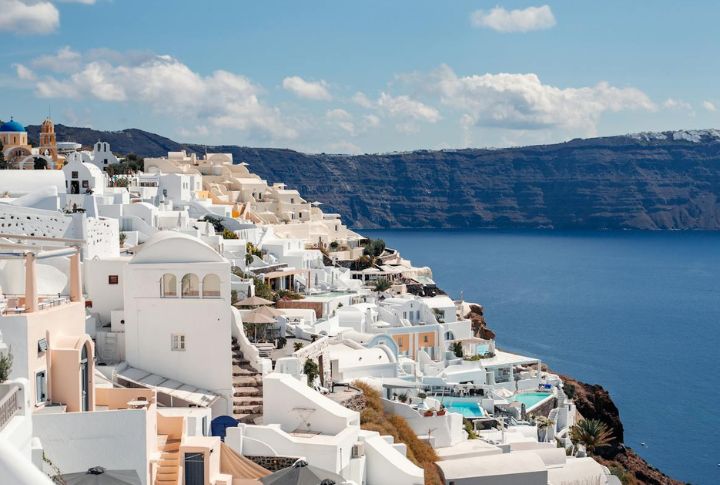
Santorini’s skylines emerged from the ashes after a volcanic eruption reshaped the island around 1600 BC. Once a quiet fishing village, it’s now one of the world’s most photographed skylines. The blue-domed churches of Oia, winding staircases of Fira, and caldera-edge villas create a postcard-worthy scene.
Panama City, Panama
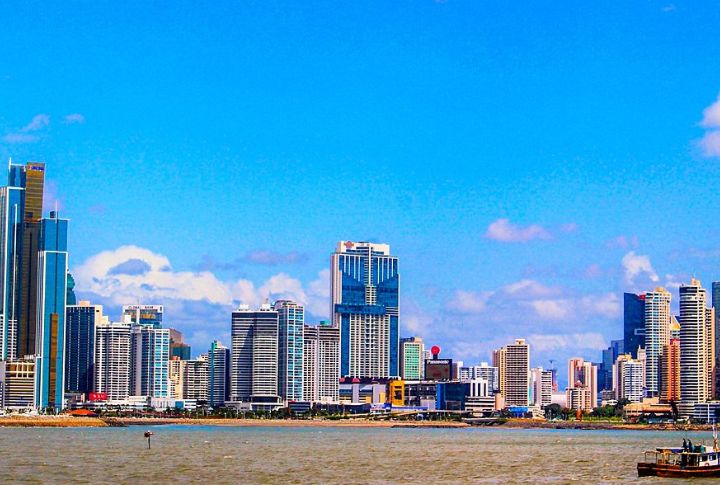
Panama City started humbly—with colonial churches, cobblestone streets, and the occasional pirate invasion. Founded in 1519, it was a small trade hub until the Panama Canal turned it into a global powerhouse. By the 21st century, the skyline exploded with sleek skyscrapers like The Ocean Club and F&F Tower.
Seattle, Washington
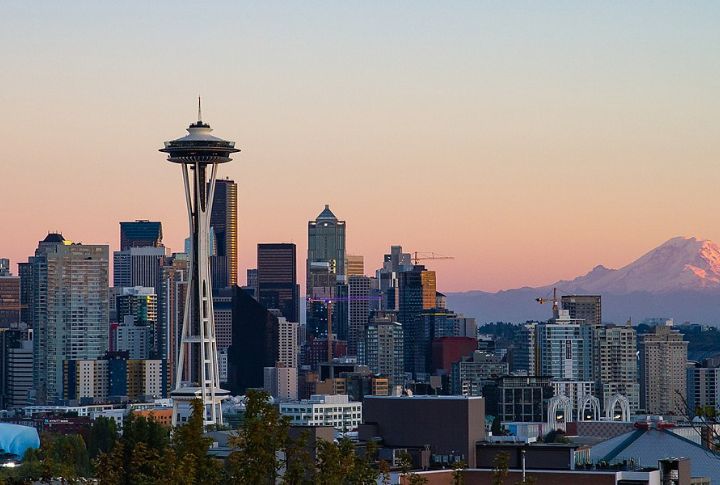
Seattle started small, literally. In the 1800s, it was a town of wooden buildings and sawmills, with more trees than towers. Then came the Great Fire of 1889, forcing a rebuild that set the stage for the city’s rise. The 1962 World’s Fair gave Seattle its crown jewel: the Space Needle.
Toronto, Canada
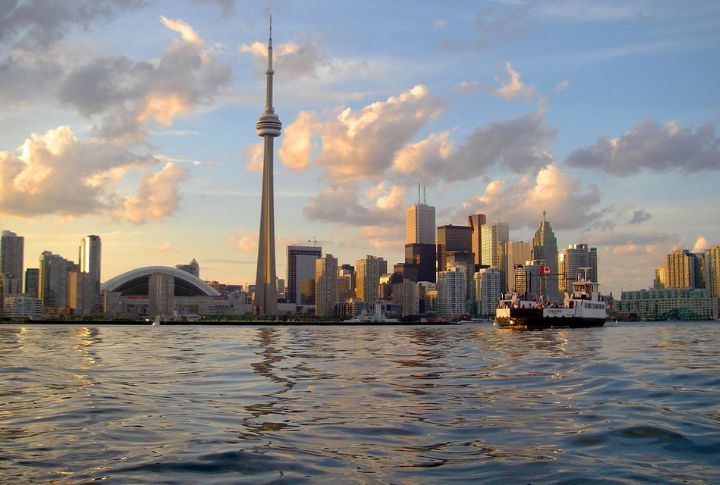
Toronto was once a small 18th-century trading post, only seeing low-rise buildings and church spires. By the mid-20th century, things started looking up with the arrival of the CN Tower in 1976, followed by architectural stunners like First Canadian Place and The One, while the waterfront keeps things scenic.
Astana, Kazakhstan
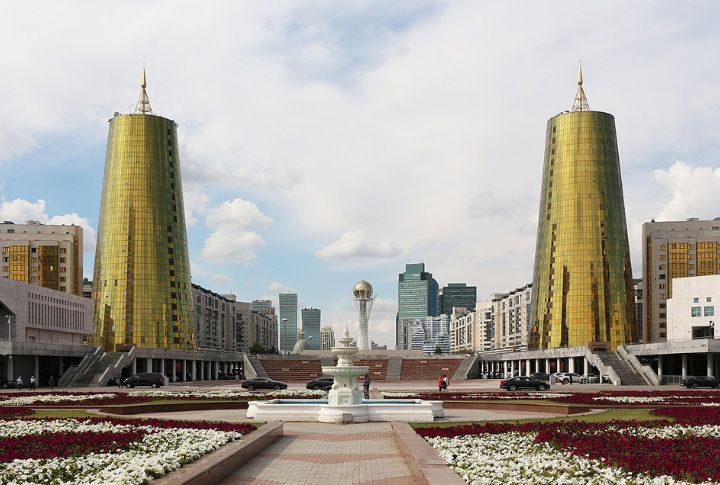
Started as a Soviet-era town called Akmolinsk, it became Kazakhstan’s capital in 1997 and took a bold leap into the future. Glass towers, golden domes, and space-age designs gave way to the birth of The Bayterek Tower, Khan Shatyr, and Nur-Alem Sphere that give the place a unique sci-fi feel.
Frankfurt, Germany
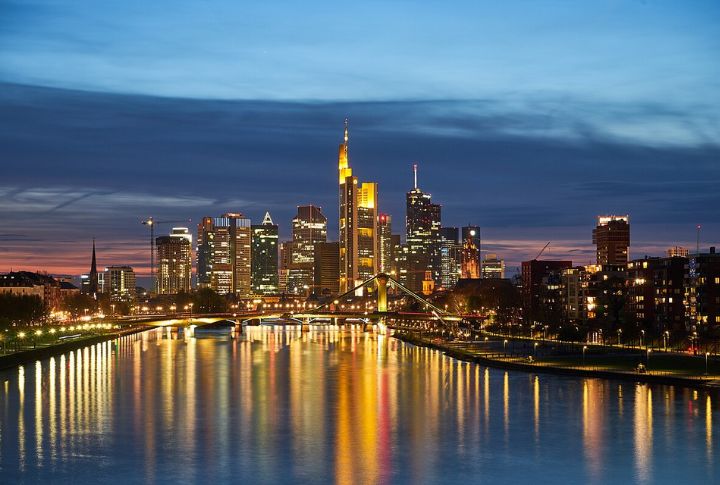
Medieval timber houses and churches defined Frankfurt for centuries. World War II forced a rebuild, but instead of sticking to history, it went full-on! It eventually became Europe’s financial powerhouse in the late 20th century, earning its “Mainhattan” nickname. Now, Commerzbank Tower and the twisting ONE Tower dominate its skies.

